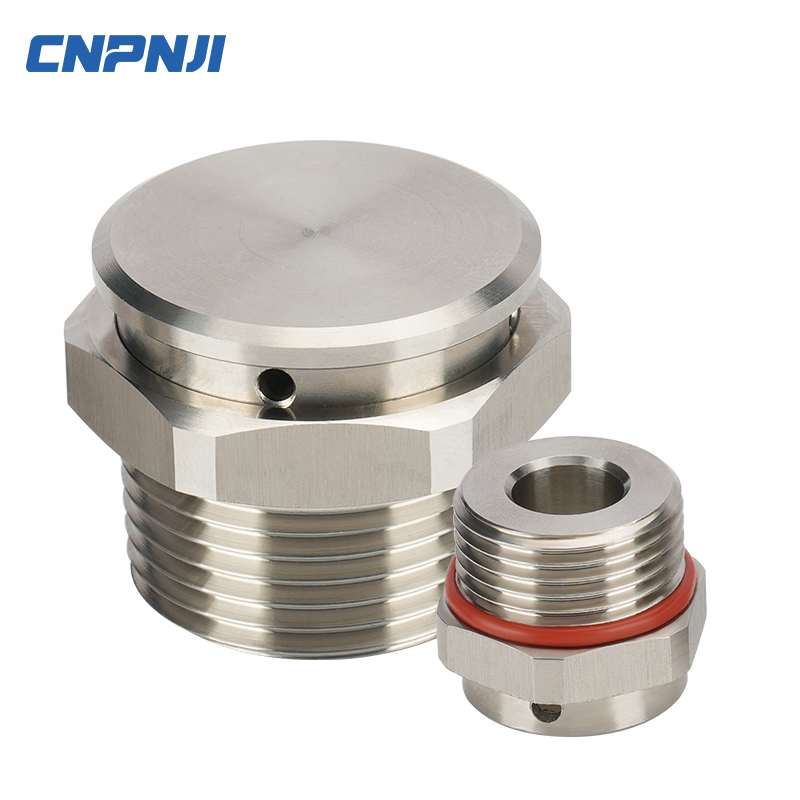Working principle of stainless steel ventilation valve
Stainless steel ventilation valves are usually used in pipeline systems to automatically adjust the flow of gas in and out of the pipeline to ensure the balance and safety of the pressure in the pipeline. Its working principle, main components and application functions are as follows:
Working principle
1. Pressure balance: the ventilation valve can sense the pressure change in the pipeline. When the internal pressure exceeds the set value, the valve opens to discharge the excess gas, and the reverse is closed.
2. Automatic control: automatic switch through mechanical structure such as spring or weight, without external power or manual intervention.
Major component
3. Valve body: usually made of stainless steel, with good corrosion resistance and pressure resistance.
4. Seal: Ensure that the valve is well sealed in the closed state to prevent gas leakage.
5. Adjusting mechanism: such as spring, float or weight, used to automatically adjust the valve opening or closing according to pressure changes.
6. Connecting parts: such as threads or flanges, used to connect the ventilation valve to the pipeline.
Function and function in practical application
1. Protect the pipeline system: Prevent pipeline rupture or equipment damage due to excessive pressure.
2. Ensure safe operation: Reduce safety risks by automatically adjusting internal pressure.
3. Improve efficiency: Help the system process gas flow more efficiently and reduce energy loss.
4. Prevent vacuum formation: In the process of liquid discharge or rapid cooling, prevent the formation of vacuum in the pipeline to avoid pipeline collapse.
These ventilators are used in many fields, such as water treatment, chemical, food processing and pharmaceutical industries, especially in environments where precise pressure control and contamination avoidance are required. The choice of stainless steels makes them particularly suitable for use in more corrosive applications.

